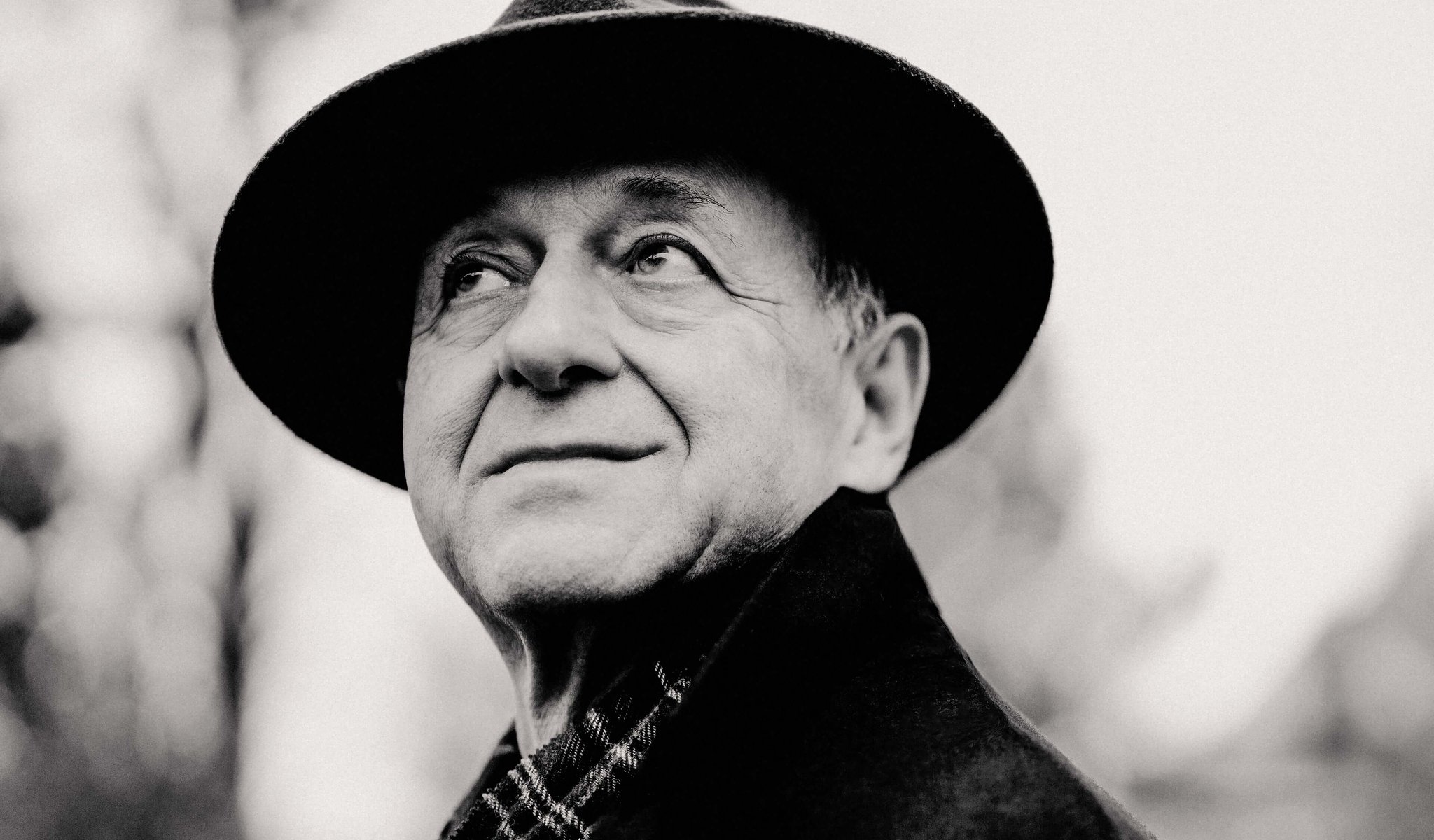

Program
Featuring
Other information
The event is about 2.5 hours long.
About the event
The Budapest Festival Orchestra’s Brahms series continues with a juxtaposition of grueling pursuit and easy success, as Hungarian dances precede weighty compositions. This time, the spotlight is on the firsts: the series opens with the inaugural piece of the 21 dances, followed by the composer’s grandiose piano concerto No. 1. After 10 spirited dances, Hungarian dance No. 11, which opens the more lyrical section, sets the tone for Brahms’ first symphony, liberated from the pressure of “writing a symphony after Beethoven.” The soloist of the concerto, the Russian-American Kirill Gerstein, is acclaimed by international critics as a profound and genuine character, a mesmerizing sound poet. One of today’s most intelligent musical thinkers, he is guaranteed to discover something new and compelling in music.
Brahms published the piano four-hands edition of the 21 Hungarian Dances in two phases, over four volumes. Ede Reményi acquainted the composer with Hungarian Romani music, especially the “csárdás”, which inspired the dances Brahms called adaptations. The dances were an immediate success, but it was in their orchestral arrangements that they became really well-known. Among these orchestrations, only three originate from Brahms himself; one of them being the undulating Hungarian Dance No. 1, in which contrasts and musical jests take center stage. The melodies of the more melancholy Dance No. 11, played after the intermission, are Brahms’ own. The piece is performed in Iván Fischer’s orchestration.
Having heard Beethoven’s groundbreaking “Ninth” in 1854, Brahms decided to write his own first symphony — following in Beethoven’s footsteps, in D minor. In the end, though, he turned his intended Symphony No. 1 into a sonata for two pianos, before reworking it in its entirety, and using parts of it in his Piano Concerto No. 1. The piece starts out incredibly dense and essentially tragic in its mood. A monumental orchestral exposition and a rich piano solo, at times truly competing with the tutti sound, characterize the opening movement. In the manuscript of the spiritual slow movement, which is most likely best interpreted as a portrait of Clara Schumann, the composer included the words, “Benedictus qui venit in nomine Domini” (Blessed is the one who comes in the name of the Lord). Finally, in the rondo-finale, a piano solo introduces the theme; later, the movement includes the only cadence of the piece, before concluding with a reverential, celebratory ending.
Finally completed in 1876 after initial attempts resulted in a piano concerto, Brahms’ Symphony No. 1 is often referred to as “Beethoven’s Tenth.” Ultimately, the piece was composed in C minor, which alludes not to Beethoven’s Ninth, but to the similarly iconic Symphony No. 5. The impressive, slow opening of the first movement unwraps each of the themes that the fast-paced central passage builds on. The fundamentally dramatic movement is followed by a fluid, lyrical, and expressive slow movement, with violin solos laying the groundwork for the violin concerto. In the scherzo, gentle smiles are juxtaposed with almost arrogant forces, with a finale spanning from a sense of terror to the call of Alpine horns. In an homage to Beethoven’s Ode to Joy, the piece concludes with celebratory chorales.
Did you know? Brahms’s Hungarian Dance No. 1 premiered in 1869, with his No. 11 premiering in 1880; Piano Concerto No. 1 premiered in Hanover on January 22, 1859, with the composer performing the solo; Symphony No. 1 was first performed in Karlsruhe on November 4, 1876 with Felix Otto Dessoff conducting; the Budapest Festival Orchestra most recently performed Brahms’s Hungarian Dance No. 1 on September 12, 2021 in Lucerne, and performed Hungarian Dance No. 11 most recently on February 14, 2009 in Cagliari, with Iván Fischer conducting both performances; the orchestra’s most recent performance of Piano Concerto No. 1 and Symphony No. 1 was on August 24, 2023 in Grafenegg (soloist: Cristian Măcelaru, conductor: Rudolf Buchbinder).
Contemporary events: Russian writer Fyodor Dostoevsky’s novel The Idiot was published in 1869 / English philosopher and economist John Stuart Mill published his work The Subjection of Women in 1869 / English painter and poet Dante Gabriel Rossetti painted his painting The Day Dream in 1880 / The French parliament declared July 14, the anniversary of the French Revolution, a national holiday in 1880 / The novel Nana by the French writer Émile Zola was published in 1880 / Italian composer Giuseppe Verdi’s opera A Masked Ball premiered in Rome on February 17, 1859 / English natural scientist Charles Darwin’s book On the Origin of Species was published in 1859, laying the foundations for the theory of evolution / French painter Jean-François Millet painted his painting The Angelus in 1859 / German composer Richard Wagner organized the Bayreuth Festival for the first time between August 13 and 17, 1876 / The popular youth novel The Adventures of Tom Sawyer, by American author Mark Twain, was published in 1876 / The Margaret Bridge in Budapest was inaugurated on April 30, 1876